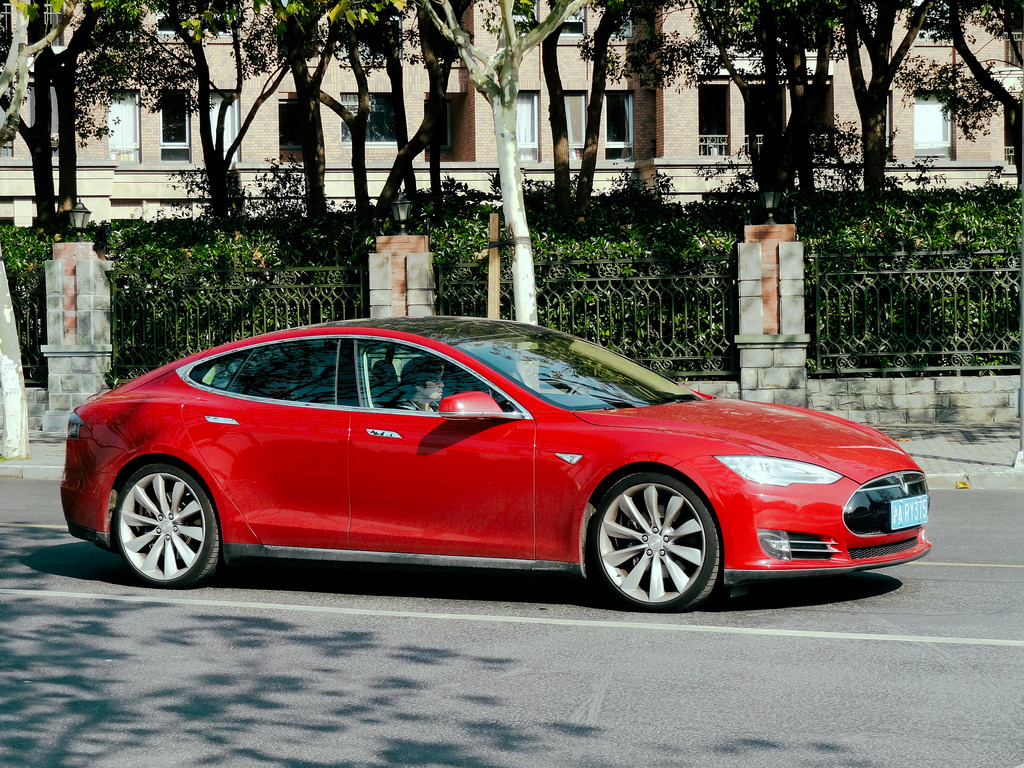Driverless cars pose a quandary when it comes to safety. These autonomous vehicles are programmed with a set of safety rules, and it is not hard to construct a scenario in which those rules come into conflict with each other. Suppose a driverless car must either hit a pedestrian or swerve in such a way that it crashes and harms its passengers. What should it be instructed to do?
A newly published study co-authored by an MIT professor shows that the public is conflicted over such scenarios, taking a notably inconsistent approach to the safety of autonomous vehicles, should they become a reality on the roads.
In a series of surveys taken last year, the researchers found that people generally take a utilitarian approach to safety ethics: They would prefer autonomous vehicles to minimize casualties in situations of extreme danger. That would mean, say, having a car with one rider swerve off the road and crash to avoid a crowd of 10 pedestrians. At the same time, the survey’s respondents said, they would be much less likely to use a vehicle programmed that way.
Essentially, people want driverless cars that are as pedestrian-friendly as possible — except for the vehicles they would be riding in.
“Most people want to live in in a world where cars will minimize casualties,” says Iyad Rahwan, an associate professor in the MIT Media Lab and co-author of a new paper outlining the study. “But everybody wants their own car to protect them at all costs.”

